The Malaysian mouse-deer, known locally as kancil, is one of the most fascinating creatures in Southeast Asia's rainforests. Despite its name, this diminutive animal is neither a mouse nor a deer but belongs to the Tragulidae family, making it one of the smallest hoofed mammals in the world. Weighing just around 2 to 5 kilograms and standing no taller than 35 centimeters at the shoulder, the mouse-deer is a master of stealth and survival in the dense undergrowth of Malaysia's jungles.
What makes the Malaysian mouse-deer particularly intriguing is its role in local folklore. The kancil is a prominent figure in traditional Malay stories, often depicted as a clever and cunning trickster who outwits larger, more powerful animals. These tales have been passed down through generations, embedding the creature deeply in the cultural fabric of the region. Beyond folklore, the mouse-deer's real-life behavior—such as its ability to remain motionless for long periods to avoid predators—adds to its mystique.
The biology of the Malaysian mouse-deer is equally captivating. Unlike true deer, mouse-deer lack antlers. Instead, males possess elongated upper canines that resemble small tusks, which they use in territorial disputes. Their small, slender legs allow them to navigate through thick vegetation with ease, while their reddish-brown fur, often dotted with white or pale stripes, provides excellent camouflage. These adaptations make them elusive and rarely seen, even by those who venture deep into their natural habitat.
Habitat destruction poses a significant threat to the Malaysian mouse-deer. As logging and agricultural expansion continue to fragment Malaysia's rainforests, the mouse-deer's living space shrinks. Conservationists warn that without urgent measures to protect these forests, the species could face a steep decline. Efforts are underway to study their population and behavior more closely, but their secretive nature makes data collection challenging. Some wildlife reserves have initiated breeding programs, though success has been limited due to the species' specific dietary and environmental needs.
Another lesser-known aspect of the mouse-deer is its unique digestive system. As a ruminant, it has a multi-chambered stomach that allows it to break down tough plant matter efficiently. However, unlike larger ruminants such as cows, the mouse-deer's diet consists primarily of fallen fruits, tender leaves, and occasionally fungi. This selective feeding habit makes it a vital seed disperser in the ecosystem, contributing to forest regeneration. Researchers believe that preserving the mouse-deer could have cascading benefits for Malaysia's biodiversity.
Despite its ecological and cultural importance, the Malaysian mouse-deer remains understudied. Many aspects of its behavior, such as mating rituals and social structures, are still shrouded in mystery. Some reports suggest they are solitary creatures, while others indicate occasional pairings during the breeding season. The lack of comprehensive studies highlights the need for greater research funding and field expeditions focused on this enigmatic species.
Tourism centered around the mouse-deer is slowly emerging as a niche interest. A handful of eco-tourism operators in Malaysia now offer guided night walks in hopes of spotting the elusive animal. These tours not only raise awareness about the species but also provide alternative livelihoods for local communities, reducing reliance on activities that harm the forest. However, strict guidelines are necessary to ensure that human presence does not disturb the mouse-deer's natural behaviors or habitat.
The Malaysian mouse-deer stands as a symbol of both the beauty and fragility of the region's wildlife. Its survival depends on a delicate balance between human activity and conservation efforts. While challenges remain, the growing recognition of its ecological role offers a glimmer of hope. Protecting the kancil means preserving a piece of Malaysia's natural heritage—one that has enchanted generations and continues to inspire those who seek to understand it.
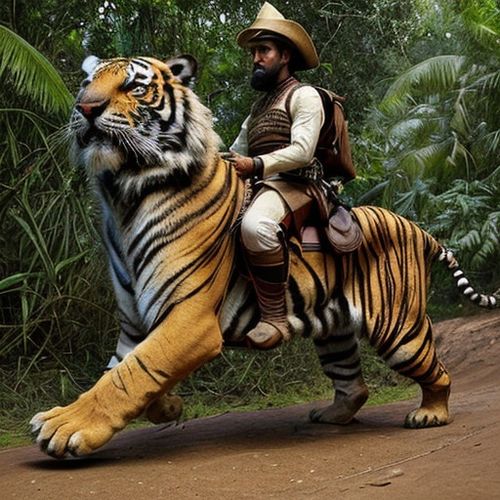
By Olivia Reed/Apr 28, 2025

By Emma Thompson/Apr 28, 2025

By Samuel Cooper/Apr 28, 2025

By Grace Cox/Apr 28, 2025
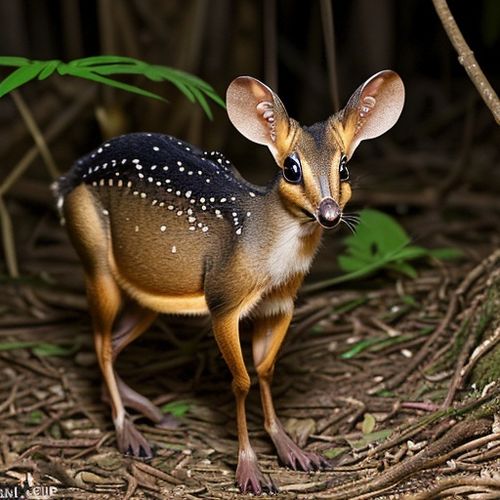
By George Bailey/Apr 28, 2025
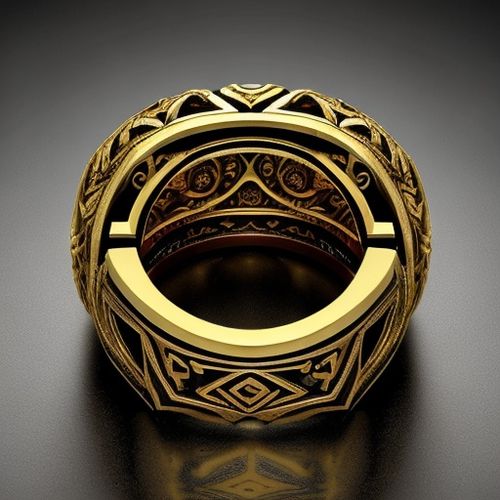
By Rebecca Stewart/Apr 28, 2025
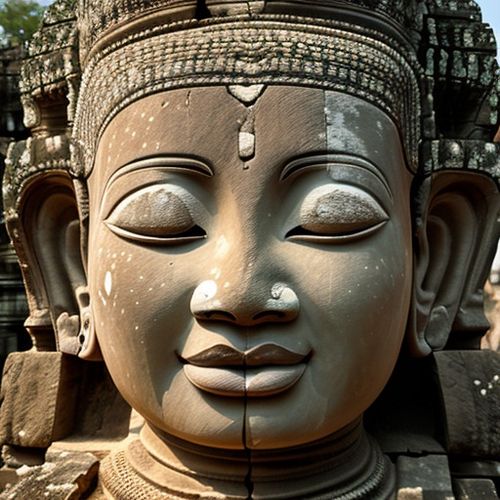
By George Bailey/Apr 28, 2025

By Olivia Reed/Apr 28, 2025
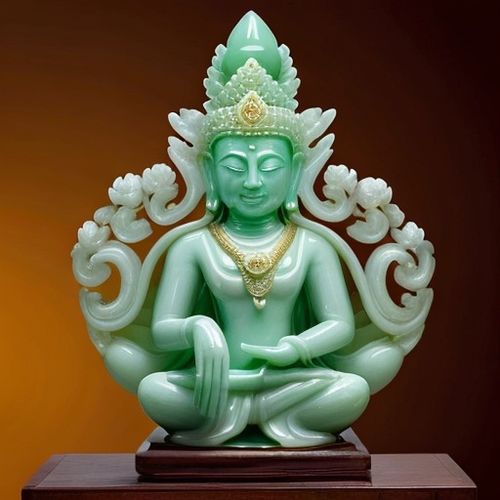
By Eric Ward/Apr 28, 2025

By Benjamin Evans/Apr 28, 2025
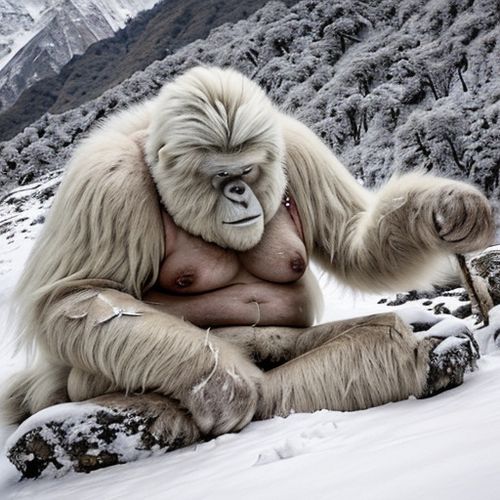
By Amanda Phillips/Apr 28, 2025
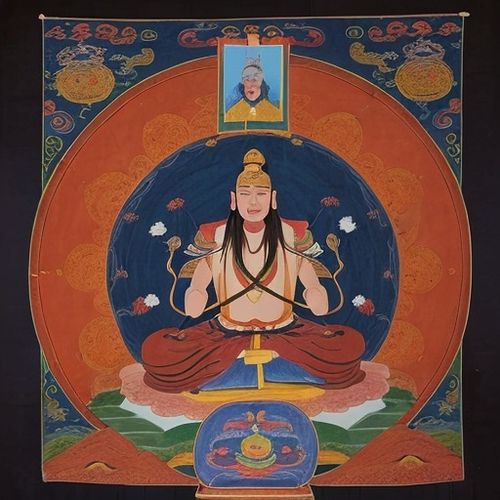
By Sophia Lewis/Apr 28, 2025
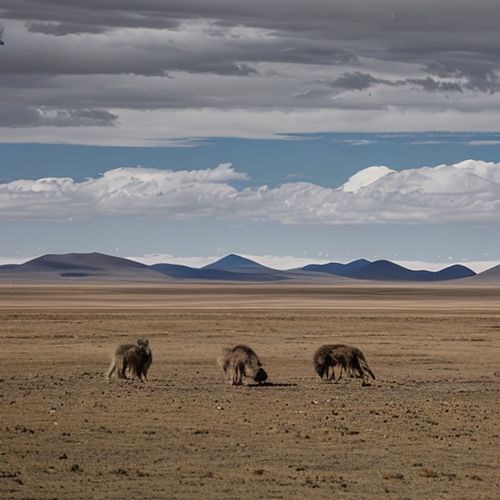
By Christopher Harris/Apr 28, 2025
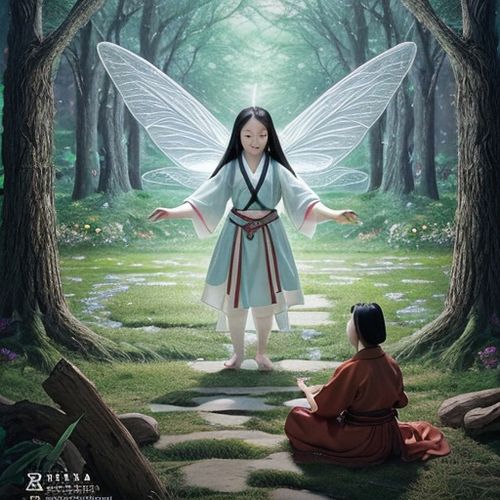
By Benjamin Evans/Apr 28, 2025

By Rebecca Stewart/Apr 28, 2025
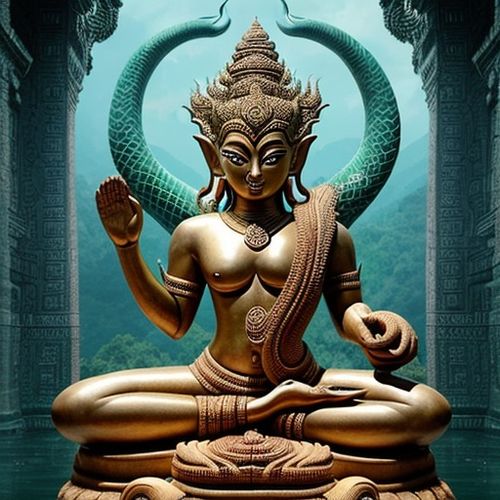
By David Anderson/Apr 28, 2025
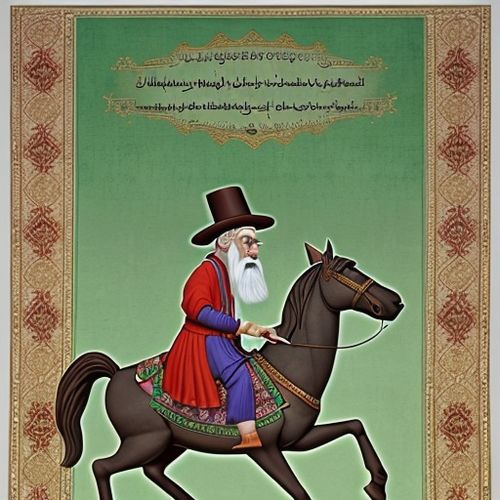
By Olivia Reed/Apr 28, 2025

By Lily Simpson/Apr 28, 2025

By Emma Thompson/Apr 28, 2025

By Laura Wilson/Apr 28, 2025